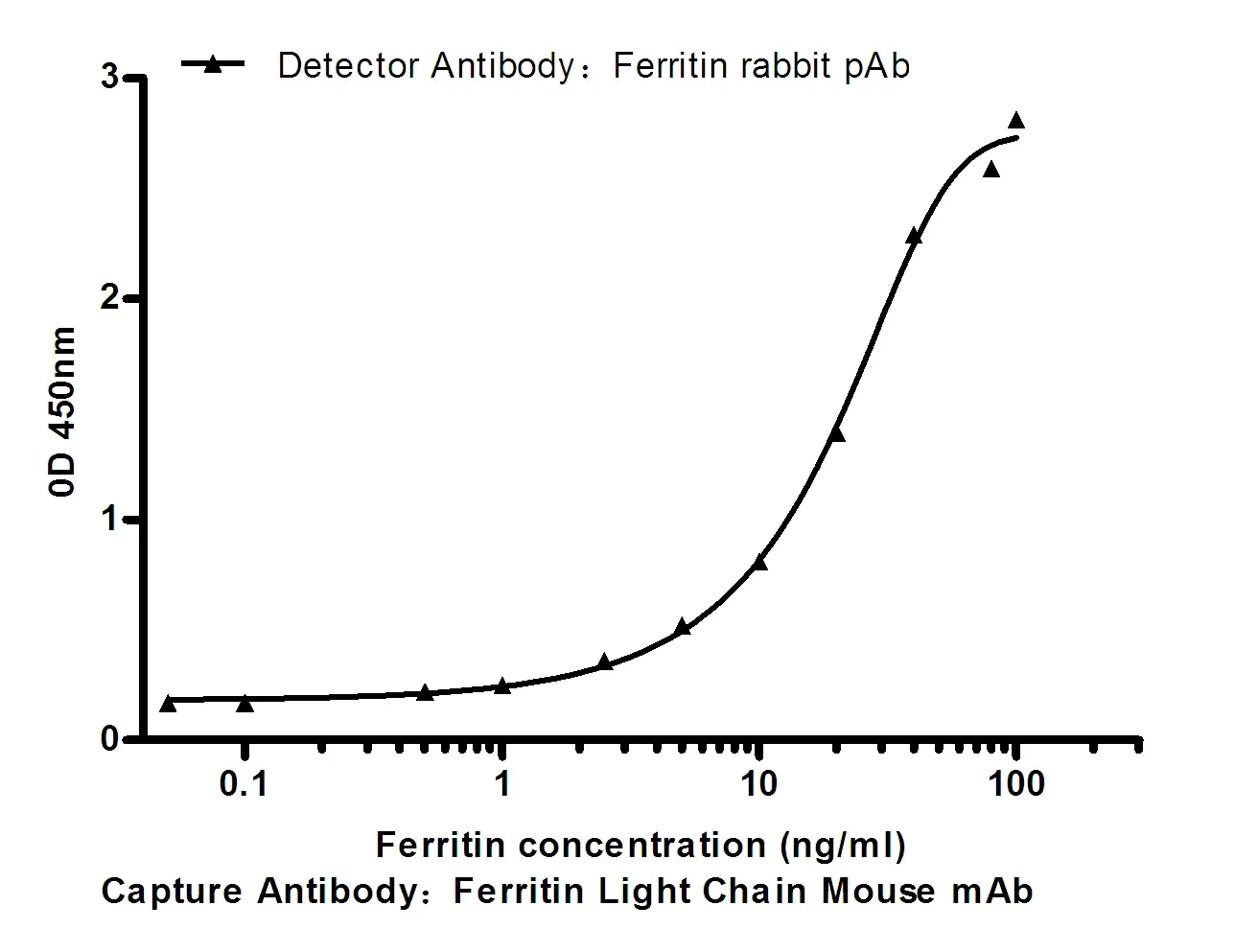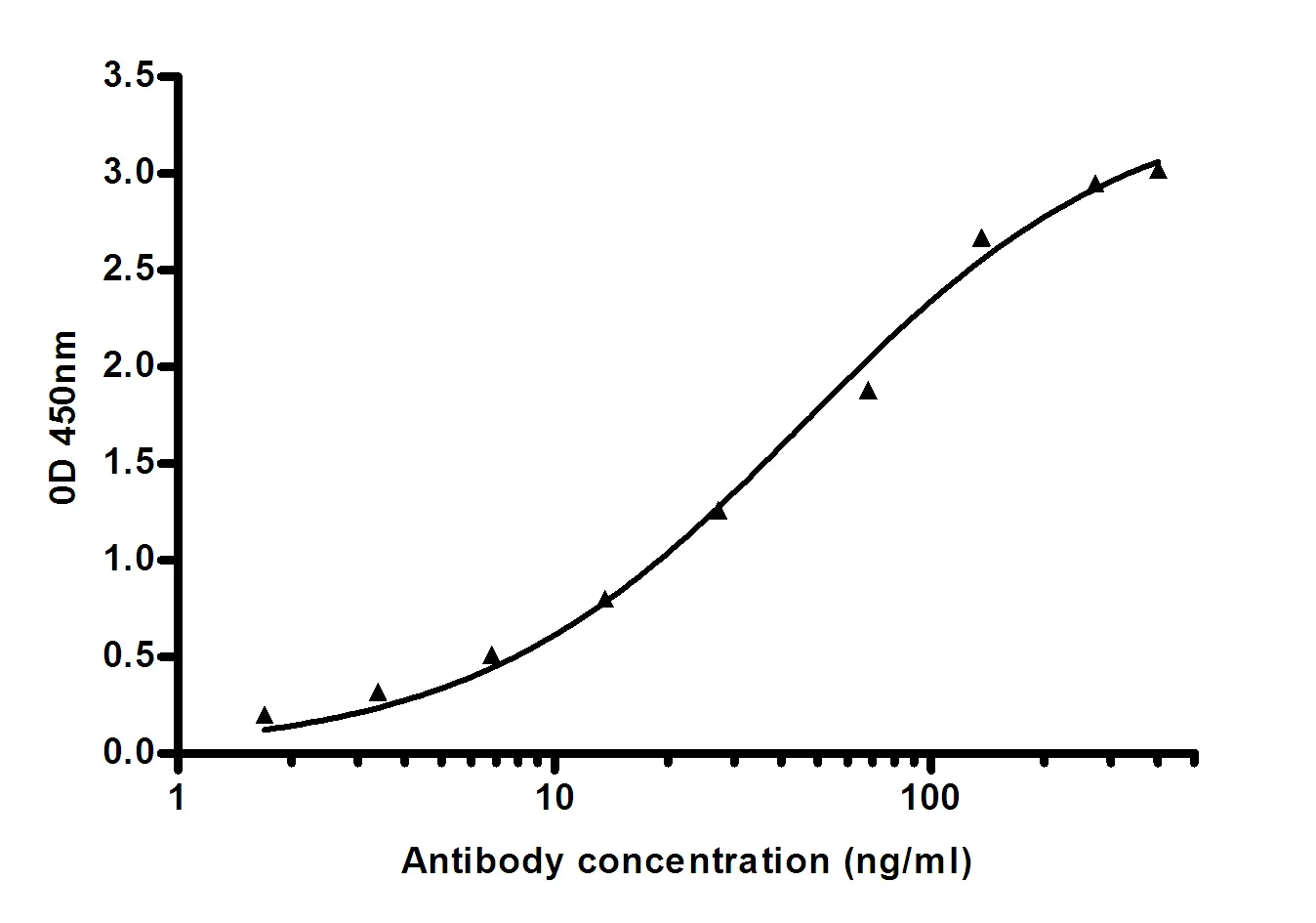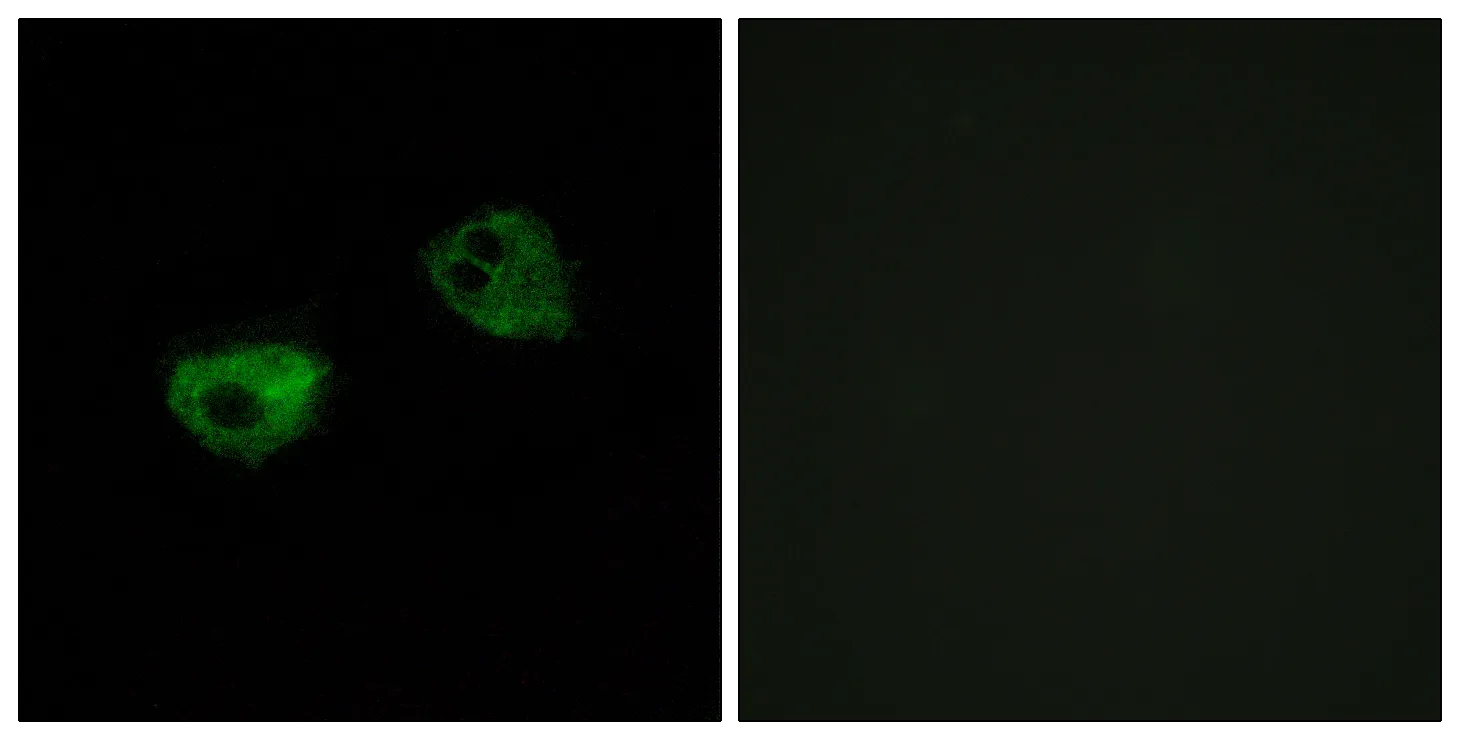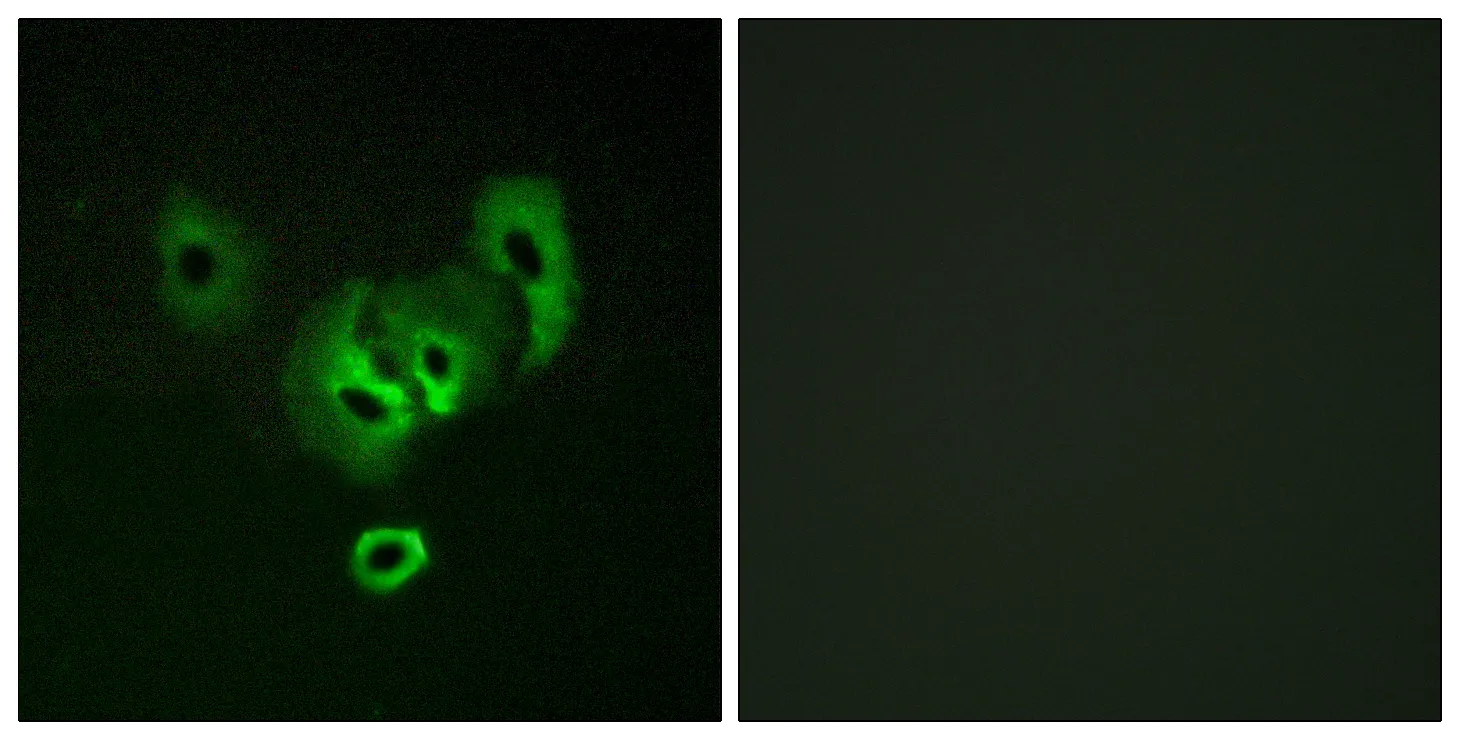Summary
Performance
Immunogen
Application
Background
GTP cyclohydrolase I feedback regulatory protein binds to and mediates tetrahydrobiopterin inhibition of GTP cyclohydrolase I. The regulatory protein, GCHFR, consists of a homodimer. It is postulated that GCHFR may play a role in regulating phenylalanine metabolism in the liver and in the production of biogenic amine neurotransmitters and nitric oxide. [provided by RefSeq, Jul 2008],function:Mediates tetrahydrobiopterin inhibition of GTP cyclohydrolase 1. This inhibition is reversed by L-phenylalanine.,similarity:Belongs to the GFRP family.,subunit:Homopentamer. Forms a complex with GCH1 where a GCH1 homodecamer is sandwiched by two GFRP homopentamers (By similarity). Interacts with GCH1.,tissue specificity:In epidermis, expressed predominantly in basal undifferentiated keratinocytes and in some but not all melanocytes (at protein level).,
Research Area




